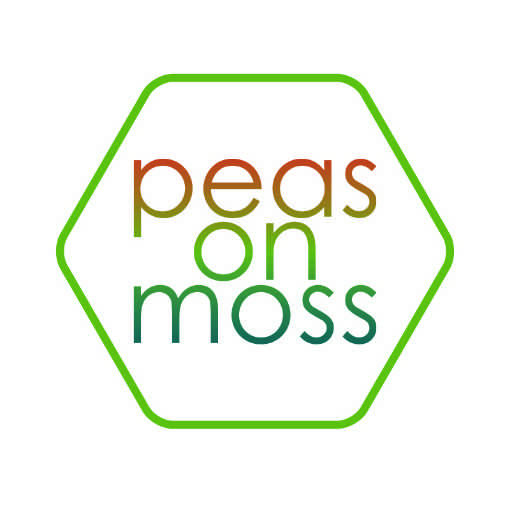My first time working on a line was at Stopsky’s Delicatessen when we opened in May 2011. It was terrifying. Of course, the chef and the other cooks were supremely helpful, but there’s something truly intimidating about the first time you hear “Order In!” barked in your ear. I obviously survived, because here’s the post about it. But, for those who will be approaching line cooking at some point, here are some thoughts I’ve gleaned from the lessons I’ve learned.
First, think about what you’re going to need on your line. You’ll probably have a reach-in refrigerator with bins on the top in which you will put your ingredients. You want everything to be in the skinniest pans you can find and that will fit your ingredients – think 9th pans, 6th pans, and 3rd pans. “Vertical thinking” is what Chef Robin Leventhal taught me.
The other is that you want to place the ingredients together in the way you’d use them. For example, Catherine, our lead line cook for the deli line, thought about how the menu items were assembled and clumped those ingredients together as much as possible. She did this by deciding where the cook should stand in order to access the ingredients we use the most and then placed the remaining pans of ingredients in the line in the order of how we access them. The items we “fire” (cook/prepare/serve) the least often were placed in the low-boys – the bottom part of the reach-in or further away from where you should stand. The items we fired the most were right in front or just to the left or right.
Catherine’s added task was to arrange where the hot wells (the water-filled tubs that kept food hot), toaster, panini presses, and other tools we use were to be placed. That way, you were working from left to right as much as possible. For the culinary lines at school, we had zones in front or behind us as well, so we had to work out where we wanted to stage our plates, hold our tongs and tools, and place our other equipment. It’s complicated, but if you act out how you’d prepare an item when it’s ordered, then it makes more sense.
My classmate Rob developed a great way to avoid cross contamination. It worked for his grill station because nobody was using the flat-top. Of course, it only works this way in school when we have multiple tools and bains at our fingertips. The concepts can be used in real restaurants though. He used a separate tong for each meat being prepared and for the raw versus cooked foods. I wouldn’t probably have separate tongs for pork, chicken, and beef, but I strongly recommend following Rob’s raw versus cooked tongs. It was quite brilliant.
I portioned out my frites and fish portions and divded them with patty paper, a trick I learned at Stopsky’s. It made it easy to pack lots of portions into a small pan and to see quickly how many portions I had in my line. The challenge is that you end up using zillions of patty papers, a rather unsustainable habit. Not sure what the fix to that would be.
Enough words. Now to the photos.
Fry station (that was my station on Thursday and Friday)
Fry Station, Rob’s station Thursday and Friday.
Saute Station, Derek’s station
Some crazy 5th quarter students 🙂










Recent Comments